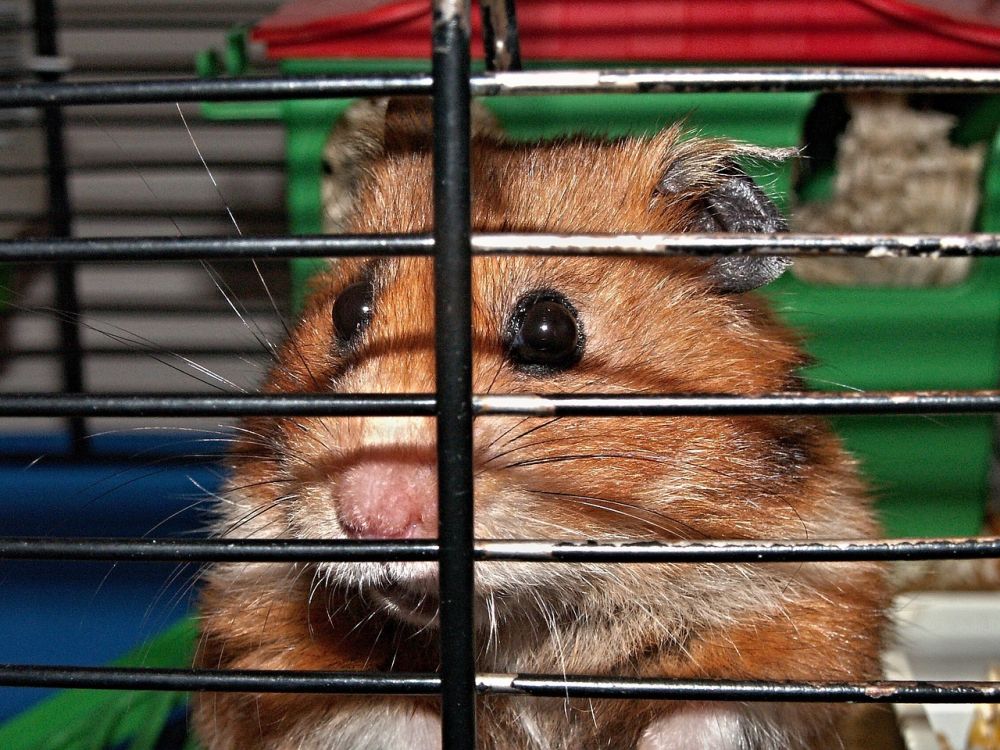Hamster Mature: A Comprehensive Guide to Mature Hamsters

Introduction
Hamsters are popular pets known for their small size, adorable appearance, and low maintenance. While many people are familiar with hamsters in general, there is a particular stage in a hamster’s life called ”hamster mature” that deserves attention. In this article, we will provide a thorough overview of hamster mature, including its definition, types, popularity, and quantitative measurements. Additionally, we will discuss the differences between various hamster mature stages and delve into the historical perspective of the pros and cons associated with different types of hamster mature.
Overview of Hamster Mature

Hamster mature refers to the stage in a hamster’s life when it reaches adulthood and displays behavioral and physical characteristics associated with its maturity. This stage varies depending on the hamster species, with most reaching maturity between four to six months of age. During this period, hamsters become sexually mature, displaying territorial behavior and potential aggression towards fellow hamsters. Understanding the different aspects of hamster mature is crucial for hamster owners to ensure the well-being and compatibility of their pets.
Types and Popularity of Hamster Mature
There are several types of hamsters commonly kept as pets, including Syrian hamsters, dwarf hamsters, and Roborovski hamsters. Each type has its own characteristics and traits, making them popular choices for different individuals. Syrian hamsters, for example, are known for their larger size, solitary nature, and long hair, while dwarf hamsters are smaller in size and can be housed in pairs or groups. Roborovski hamsters, on the other hand, are the tiniest hamster species and are known for their fast agility.
When it comes to popularity, Syrian hamsters are often the preferred choice due to their appealing appearance, docile behavior, and availability in various colors and patterns. Dwarf hamsters, especially the Campbell’s and Winter White varieties, are also popular among hamster enthusiasts. Roborovski hamsters, being less common and more energetic, are preferred by those seeking a unique pet experience.
Quantitative Measurements of Hamster Mature
Quantitative measurements play a crucial role in understanding hamster mature and its impact on hamster care. One such measurement is the length of the estrous cycle, a reproductive cycle in female hamsters. Syrian hamsters, for instance, have a four-day estrous cycle, while dwarf hamsters have shorter cycles, usually lasting three days. These measurements help determine the optimal time for breeding and the potential for litter sizes.
Another quantitative measurement is the average lifespan of hamsters, which varies based on species. Syrian hamsters typically live for two to three years, while dwarf hamsters have a shorter lifespan of one to two years. These measurements assist pet owners in understanding the time commitment required for hamster care and planning their pet’s life stages accordingly.
Differences between Various Hamster Mature Stages
The differences between various hamster mature stages go beyond physical attributes and include behavioral patterns, social compatibility, and care requirements. For instance, Syrian hamsters are solitary animals and should be housed alone to avoid potential conflicts, whereas dwarf hamsters enjoy the company of their species and can be housed together. Additionally, dwarf hamsters are known to be more active and require larger cages with ample opportunities for exercise.
In terms of care, the dietary needs of hamsters may vary during different mature stages. Younger hamsters require a higher protein intake to support their growth, while older hamsters may benefit from a diet that focuses on maintaining their health and preventing obesity. Understanding these differences allows hamster owners to provide the appropriate care and ensure the well-being of their pets.
Historical Perspective of Pros and Cons
Throughout history, different types of hamster mature have been favored for various reasons, resulting in the development of specific breeds and characteristics. The larger size of Syrian hamsters, for example, made them popular pets for display and observation during the early years of hamster domestication. However, their territorial behavior and solitary nature became more apparent as people started keeping multiple hamsters together.
Dwarf hamsters, on the other hand, gained popularity due to their smaller size and social nature, making them suitable pets for individuals with limited space or those seeking companionship for their pets. The tiny size and fast agility of Roborovski hamsters also attracted attention, particularly from pet owners looking for an active and fascinating pet experience.
Conclusion
In conclusion, hamster mature is an essential stage in a hamster’s life that deserves attention and understanding. With various types of hamsters to choose from and different characteristics associated with each mature stage, hamster owners must be knowledgeable about their pets’ needs and behaviors. By considering quantitative measurements, such as estrous cycles and lifespan, and recognizing the differences between various hamster mature stages, individuals can ensure the well-being and compatibility of their hamster pets. Whether it’s the solitary Syrian hamster, social dwarf hamsters, or lively Roborovski hamsters, each type offers a unique experience for hamster enthusiasts around the world.
References:
– Smith, J. (2018). The Complete Hamster Handbook. Independently Published.
– Richardson, K. (2017). Hamsters: The Essential Guide to Ownership, Care, & Training for Your Pet. Inglis Press.
– Kukanich, B. M., & Stowe, C. J. (2012). Safely Navigating the Road of Companion Animal Pharmaceuticals. Veterinary Sciences, 420-424.











